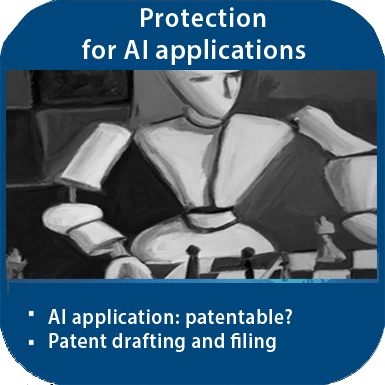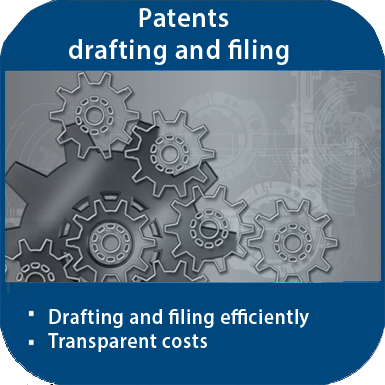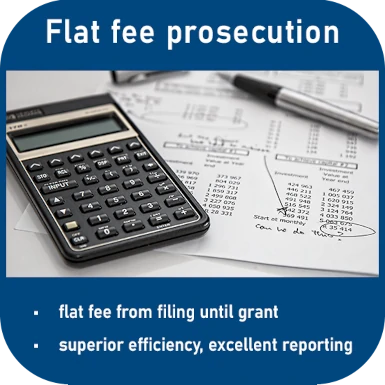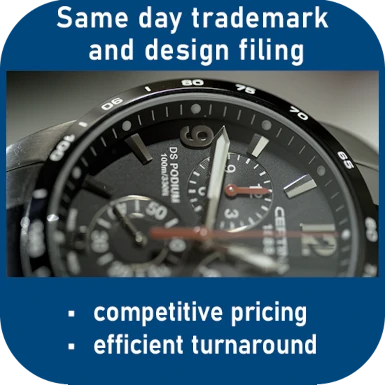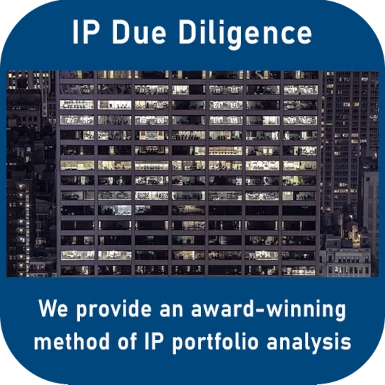Inventor’s remuneration: Know-how and IP in purchase agreement

A claim to remuneration for an employee invention generally arises as a result of the claim by the employer. Corporate structures within a group of companies can complicate the situation, for example if not just one company in the group is on the seller's side in a purchase agreement, but two companies in the group.
What is an appropriate allocation between know-how and IP in a purchase agreement?
Such a constellation was the situation regarding the proposal Arb.Erf. 40/21 of the Arbitration Board of the German Patent and Trade Mark Office (German: Schiedsstelle des DPMA). For six patent families and three trademarks, an "IP purchase price" of €1,000 was stipulated in a "purchase and transfer agreement", with a total contract volume of €1,000,000.
Of this amount, €600,000 is attributable to "Sold Assets", €399,000 to "Know-How" (payable to "Seller1") and €1,000 to "IP Purchase Price" (payable to "Seller2"). Both "Sellers" are companies in the group structure.
The subject of the dispute was therefore the question of which purchase price should be used as the basis for determining the value of the invention for six patent families in order to determine the inventor's remuneration.
Allocation between know-how and IP - appropriate?
In an assessment of this question by the Arbitration Board, the amount of € 600,000 recognised for "sold assets" was not taken into account, as there were no indications that this might not be appropriate.
However, the division of the remaining € 400,000 between expertise and IP in particular raised doubts among the arbitration board. A large part of the contract is about the IP in detail - but only €1,000 are recognised in the purchase agreement for the IP?
The Arbitration Board considered it appropriate to make a fictitious allocation of the €400,000 to know-how and IP to ensure appropriate inventor remuneration. In the opinion of the Arbitration Board, a split between "know-how" and "IP" would have been different, or rather would probably not have taken place at all, if "Seller 1" had also been the formal owner of the patents resulting from the seller's development activities and not "Seller 2". Such a structure is not unusual in a group constellation; "Seller 2" is the company holding the patent rights in the group and was the formal seller of the patents here.
Fictional allocation between know-how and IP
The Arbitration Board considered a fictitious allocation between know-how and IP to be appropriate and explained it. If several property right positions were sold, their share of the assumed purchase price for IP depends on an economic consideration from the perspective of the purchaser. As a rule, the purchaser will pay primarily for the IP rights positions used. If the contractual partner is primarily interested in the granting of the rights of use, experience shows that a ratio of approx. 35% for know-how and approx. 65% for IP is considered appropriate. Otherwise, the know-how share usually predominates.
In this case here, the Arbitration Board proposed a ratio of approx. 35% for know-how and approx. 65% for IP.
Ratio of approx. 35% for know-how and approx. 65% for IP
Assuming that at the time of the sale the unused service inventions were considered to have a reasonable hope of future use, which could be indicated by the long remaining terms, the Arbitration Board considered a ratio of 80:20 to be appropriate. This means that a share of 80 % is allocated to the necessary property right positions and a share of 20 % to the non-essential property right positions.
As a result, the Arbitration Board proposed the following purchase price allocation:
- € 56,000 each for the two property right families used
- € 7,000 each for the four unused property right families.
The employee inventor argued in vain that the purchase and transfer agreement did not achieve the optimum sales price for the inventions. However, the Arbitration Board did not recognise this. An employee has no claim against the employer to maximise the remuneration for the invention, but only the right to share in the monopoly advantages actually achieved, explained the Arbitration Board, referring to the risk and entrepreneurial freedom of the employer.
Any questions about inventor's remuneration in Germany?
If you have any questions or you are unsure about the amount or the determination of an inventor's remuneration, please contact us.
We have years of expertise in the calculation and interpretation of employee remuneration and can advise you competently and in compliance with the German Employee Inventions Act.
You will reach us by phone at +49 69 69 59 60-0 or send us an email info@kollner.eu.
